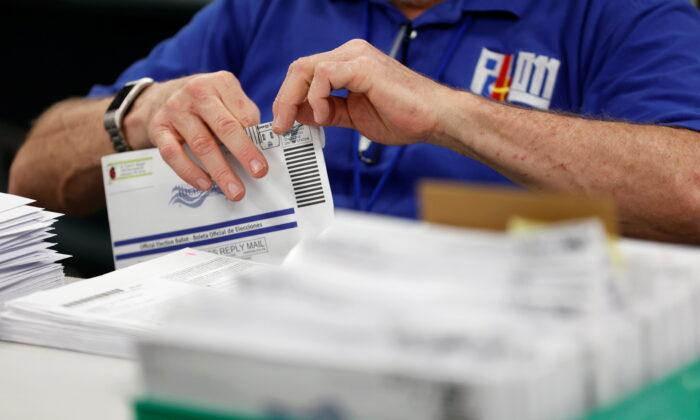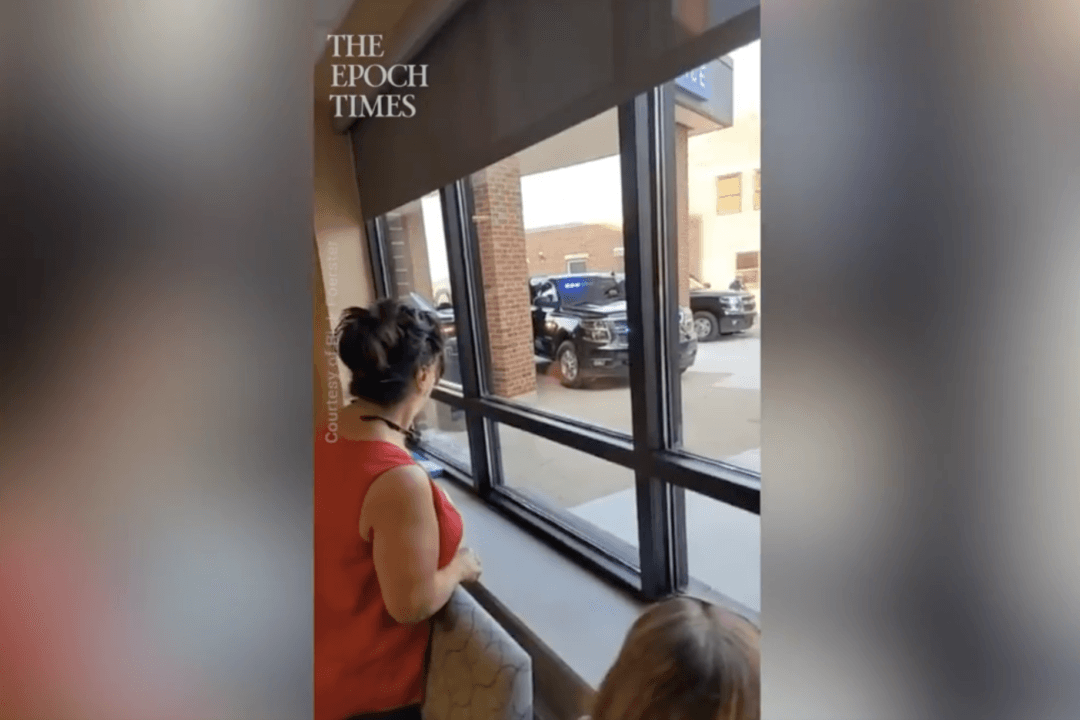In Pennsylvania, the Department of State has allowed at least 249,000 unverified voters to receive mail-in ballots for the 2022 general election, owing to an odd process for verifying the identity of those requesting mail-in ballots, where people vote first and verify their identification later.
There are two things to know about voter registration. First, the state must follow the federal Help America Vote Act of 2002 (HAVA), a law that requires anyone registering to vote in federal elections to provide identification in the form of a driver’s license number or the last four digits of their Social Security number. And second, HAVA requires that states verify the accuracy of the information provided by the applicant by matching their ID information to the state motor vehicle database or the federal Social Security number verification system.
- A registered voter requests a mail-in ballot. The application requires a driver’s license number or the last four digits of the voter’s Social Security number.
- The voter’s identification is verified by comparing numbers on the ballot application to records at the Pennsylvania Department of Transportation or the Social Security Administration.
- If the ID numbers don’t match, a ballot is mailed to the voter anyway, but it comes with a “non-verified” (NV) designation.
- Unverified voter casts ballot.
- While processing ballots, the county sets aside NV ballots until they can reach out to each unverified voter and get proof of ID.
Verity Vote is a group of citizen volunteers with data research and investigation backgrounds who have been reviewing elections throughout the country.
The certified 2020 election results in Pennsylvania showed Joe Biden winning, with 80,555 more votes than Donald Trump. That means that the 249,000 ballots already sent to unverified voters this year could be enough to sway the results of an election.
But it’s important to understand that “unverified voter” doesn’t mean the ballots are fraudulent. Some unverified voters had ballot requests containing simple typos—perhaps a driver’s license number was written with transposed numbers, or a name was misspelled. When this happens, the voter must send a copy of their driver’s license to the county board of elections or go in person to show their property identity information.
Changing Guidance
“A non-verified voter is a concern. The individual has submitted an incomplete voter registration application or an application with information that can’t be verified,” Pennsylvania state Rep. Frank Ryan told The Epoch Times.“The Department of State testified at our September House State Government Committee hearing that the department enters incomplete voter registration applications into the state SURE [Statewide Uniform Registry of Electors] system and tags them as ‘non-verified—NV’ and then forwards those entries in batches to the appropriate county to verify legal eligibility.
“The poorly written Act 77 allows counties to send and receive mail-in and absentee ballots to and from non-verified voter applicants, and also allows five days post-election to verify the legal eligibility of those applicants.”
The Department of State has overwhelmed counties with non-verified voter applicants, Ryan said.
“Some county election offices have explained that they unlawfully ‘fix’ the applications without contacting the applicant, override the system, and verify applicants without securing the legally required verification information, or simply ignore the non-verified record designation.”
That’s why Ryan and other lawmakers sent the Oct. 25 letter to the Department of State, noting that its Deputy Secretary Jonathan Marks contradicted himself when testifying before the committee.
“Marks testified that ballots are mailed to unverified applicants. But less than two weeks later, the Department of State sent out guidance informing the counties that the verification is done prior to the mailing of ballots,” the letter reads.
“Either the ballots are mailed to unverified applicants, or ballots are not mailed to unverified applicants. But both statements cannot be true. Due to this conflicting information, conscientious election workers could unknowingly accept and count ballots for which no verification has ever occurred.”
In the letter, the lawmakers ask the Department of State to inform counties of the requirement to set the NV ballots aside and not to pre-canvass, canvass, or count any of them until the applicant provides a valid form of identification, as well as to direct counties not to “fix” non-matching identification.
The Department of State has yet to respond to the letter.
The Department of State didn’t reply to a request for comment on whether it intends to respond to the letter or issue new guidance.
The Verity Vote report noted that first-time voters who appear at the polls in person on Election Day must provide proper identification before being handed a ballot. Those who vote by mail can get the ballot first. Pennsylvania only requires voter ID when registering to vote for the first time and when requesting a mail-in ballot.





